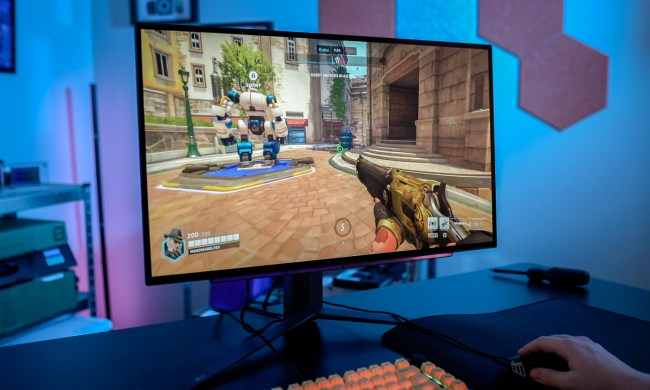Windows 11 brings many new features to play with, and one of those is known as Snap Groups.
These are the groups that are saved when you create a layout via the Snap layouts feature in Windows 11. If you’re wondering how that works, then we’ve got you covered with our Windows 11 guide on how to use Snap Groups.
Step 1: Create a Snap layout
Before jumping into creating a Snap Group, you need to first create a Snap layout to multitask with. You can do this in a few simple steps. To begin, a Snap layout can be created by first opening up all the programs you want to multitask with.
Once you have all the programs open, pull one to the front of the screen, and hover your mouse over the Maximize button (the second from the left on the top-right of your screen.) You’ll then see one of six ways to tile and “snap” your open windows.
You can tile two Windows side by size at an even length, side by side with one side bigger, straight down the middle in a vertical column, straight down the middle with the middle one being bigger, and more. You even can group the windows in a four-square grid.
After hitting the Snap Layout button, just click on one program. Windows will suggest ways for you to tile the other programs in to fill the Snap Layout shortly after. You can then keep working with your open windows now neatly organized.
Note that when you take a screenshot on your PC, the entire Snap layout will be included.
Step 2: Check the taskbar for Snap Groups

Once you create a Snap layout in Windows 11, you can head down to your Taskbar. Hover the mouse over your Taskbar to see the newly created Snap Group. The group should be clearly labeled, and you’ll see a preview of the group in the same layout you just created. You can minimize and get access to the group all at once without having to control each window individually. It also helps keep the bottom of the screen clean by combining your windows.
What to do if you don’t see Snap layouts or Snap Groups
Snap layouts and Snap Groups should be turned on by default in Windows 11. If you’re not seeing the feature, then there is the chance the setting might be disabled. You can re-enable it very easily. Open Windows 11 Settings (use the Windows key + I keyboard shortcut), and then click on System. From there, click Multitasking. Make sure the toggle switch for Snap Windows is on. Then, click the Down Arrow next to the switch and make sure all the other boxes are checked. You can now enjoy multitasking in Windows 11 and get the most out of your PC — and your day at work or school!
Want to make Windows 11 look a bit more like the Windows of old? Check out our other guide on how you can move the taskbar.


